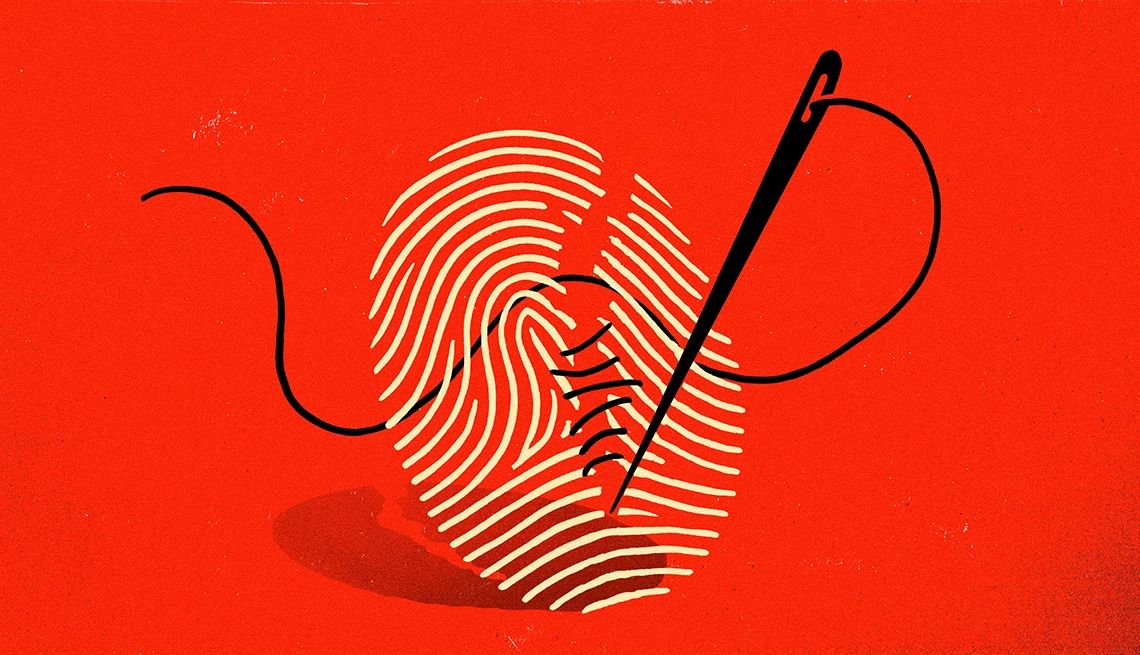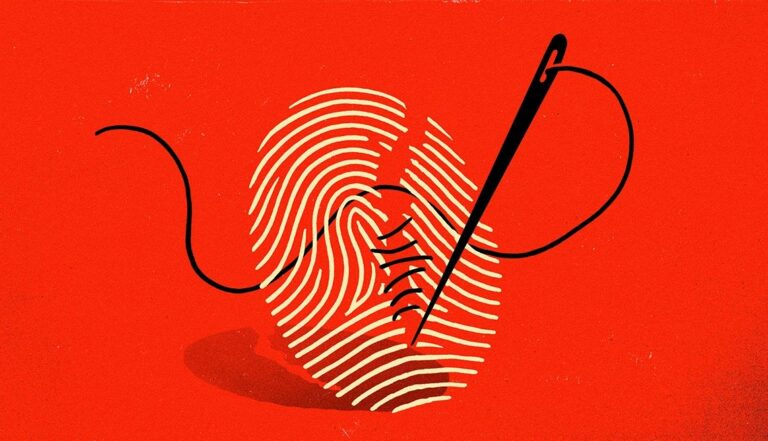How to Recover After Your Identity Has Been Stolen
Identity fraud can upend your life. Here’s a step-by-step guide on how to clean up the mess and protect yourself from further damage.
Jessica Roy’s years-long identity fraud nightmare began with a stolen wallet in a San Francisco bar in 2018. Despite taking quick action – disputing charges, cancelling cards, and reporting the theft to the police – the problem persisted. Thieves opened new accounts with Bank of America, Wells Fargo, Macy’s, PayPal, and Walmart, and even used her driver’s license to rent a Tesla that was later reported stolen.
The experience left Roy shaken, and she knows she could be victimized again. “Getting your identity stolen is like having a chronic illness,” says Eva Velasquez, CEO of the Identity Theft Resource Center. “You can have it under control for a long time, but a flare-up could always happen.”
Identity fraud is reaching epidemic proportions, with Americans losing an estimated $47 billion in 2024 and 15 million victims, according to an AARP-sponsored report. The Federal Trade Commission received 1.13 million identity theft reports in 2024, up from 650,000 in 2019.
10 Key Steps to Take if Your Identity Has Been Stolen
-
Document Everything: Write down essential information about the fraud, including dates, account types, and companies involved. Record each step you take, including numbers you called and whom you spoke with.
-
Assume the Worst: If you experience one type of identity theft, assume all your accounts and information are at risk. Criminals can use your info for various nefarious purposes.
-
Review Financial Statements: Check credit card and bank statements for suspicious activity. Also, review tax returns and medical bills, and change your login information.
-
Report the Crime: File a report with the FTC at IdentityTheft.gov and create a personalized recovery plan. Then, file a police report and bring your FTC identity theft report, government-issued ID, proof of address, and proof of theft.
-
Contact Financial Institutions: Alert security or fraud departments at businesses where thieves opened accounts or made charges. Dispute unauthorized charges and ask them to freeze your accounts.
-
Freeze Your Credit: Contact all three credit reporting bureaus to check your credit report and place a credit freeze. This stops criminals from opening new accounts in your name.
-
Avoid Revictimization: Be cautious of fraud recovery scams. Scammers may pose as legitimate entities claiming to help victims recover stolen money for a fee.
-
Don’t Expect Fast Results: Recovery can take years. Credit card fraud may be resolved in weeks, but medical identity theft and new account fraud can take months or years.
-
Protect Your Mental Health: Identity theft can be emotionally draining. Focus on your emotional well-being, maintain healthy habits, and consider seeking professional help if needed.
-
Find Good Advice and Assistance: Utilize resources like the Identity Theft Resource Center’s Victim Help Center and AARP’s Fraud Watch Network for guidance and support.

By following these steps and staying vigilant, you can recover from identity theft and reduce the risk of future incidents.


